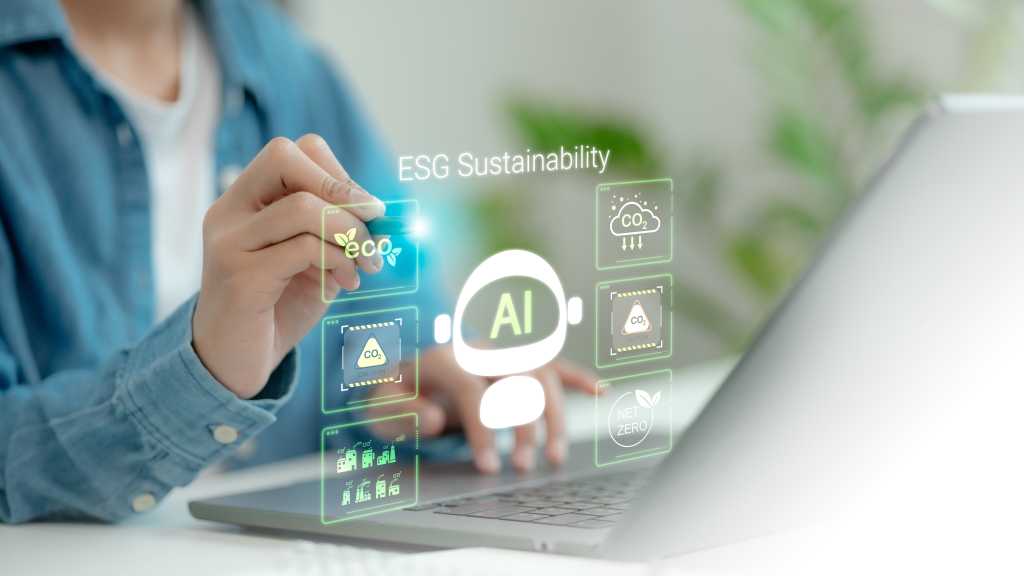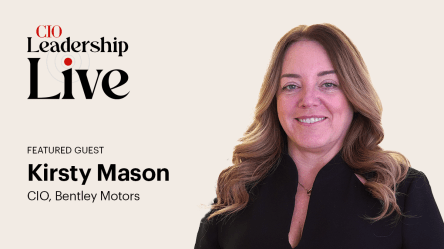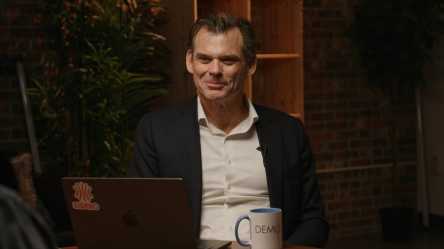When HARTING, a sustainability pioneer, wanted to be well positioned to comply with EU regulations and customer demand for CO₂ data on its industrial connector products — it pioneered a new system to automate the emissions tracking of CO₂ footprints across the supply chain, starting with 13,000 products in 2025.

From a small mechanical workshop in 1945 to a global leader of industrial connectivity solutions, today HARTING provides connectors, network components, and cable harnesses for machinery, transportation, and telecommunications.
As a pioneer of sustainable industry practices for decades, HARTING realized some of its practices were lagging behind. HARTING’s manual calculations to provide CO₂ product data for customers was slow and costly, so they did it for only a few products. However, HARTING has over 100,000 products, and CO₂ data has become a critical factor to include in bids to customers.
In addition, HARTING needed to comply with EU regulations for net zero in 2030. To do so, the company needed to provide verifiable, product level carbon footprint data on all its products.
Providing carbon footprint data on products is critical for competitive bids
In 2024, HARTING set out to find a reliable and scalable way to calculate carbon emissions data across 100,000 products and 14 factories while continuing to meet customer and supplier sustainability expectations. Before they could provide CO₂ data, however, they needed to accurately measure the carbon footprint of raw materials and supplies, including energy consumption.
The goal was to implement a cost-effective solution that would automate the product-level measurement of emissions to verify CO₂ footprints and, thereby, support competitive bids to customers, demonstrate compliance with EU regulations, and help HARTING regain its status as a sustainability pioneer.
Complying with EU Corporate Sustainability Reporting Directive (CSRD) transparency
The European Union (EU) has established ambitious sustainability goals for the industry, including sustainability performance reporting in an accounting-based format. The EU CSRD, as well as the Digital Product Passport (including the Battery Passport), require more transparency and data reporting in 2026 to track product-level sustainability.
HARTING needed to comply with these regulations as well as figure out how to achieve carbon neutrality (Net Zero) by 2030. While the company uses a high percentage of recycled plastic packaging, in order to comply with the EU standard, it must be able to measure and report on the carbon impact of all its plastic packaging.
Verifiable, granular data for ‘one-click’ carbon footprint tracking across 100K products
To complement its SAP S/4HANA application landscape and maintain established green production and renewable energy processes, HARTING chose the SAP Sustainability Footprint Management solution. This gives HARTING a data-granular, verifiable “one-click” solution that is integrated with SAP S/4HANA and HARTING’s SAP business applications.
Instead of relying on manual calculations using ERP and vendor data to determine the carbon footprint of just a few products, the new solution calculates CO₂ data almost instantly across thousands of products.
“The key to communicating our CO₂ emissions transparently and recognize potential for reduction, lies in the automated calculation and the granularity of the data provided by SAP Sustainability Footprint Management,” explains Dr. Stephan Middelkamp, general manager, quality and technology, HARTING Technology Group.
SAP Sustainability Footprint Management provides traceability through every step of the Product Carbon Footprint (PCF) calculation by using real-time production data and by mapping the emission factors of purchased materials by access to a variety of databases directly in the solution,” says Nadine Frank, sustainability controller, HARTING. “In the end this enables us to calculate a very high number of PCFs with a click.”
AI modeling enhances mapping of emission factors to ERP data to improve accuracy
The solution leverages AI to automate the mapping of emission factors to business processes and products. AI emission factor modeling – a feature of the SAP Sustainability Footprint Management solution – uses AI to streamline and enhance the mapping of emission factors to ERP data, reducing manual effort and improving accuracy in carbon footprint calculations.
In order to calculate accurate carbon footprint data, the solution integrates with SAP S/4HANA, supplier data, and third-party data sources. For instance, HARTING can import and manage emission factors from various sources, including environmental life cycle assessment (LCA) databases and supplier data.
This comprehensive approach enables HARTING to automate data collection and emissions calculations at a scale that can achieve CO₂ transparency throughout its entire supply chain.
Back on track to meet 100% of sustainability goals and EU Net Zero by 2030
HARTING stands out as a sustainability pioneer, leading the industry with one-click CO₂ tracking. The new solution went live in 2024 across three factories in Germany and Switzerland, with plans to expand operations to all 14 factories (and 100K products) by 2026.
Now, real-time, granular data assures customers’ choice of HARTING’s environmentally sustainable “GreenLine” label products — those made with renewable materials — can offer up to a 70% reduction in CO₂ emissions. And, when it comes to its own carbon footprint, HARTING can measure and ensure that 85% of its packaging material is recycled.
With these capabilities, HARTING is on track to meet its 100% sustainability goals by 2030. For these future-minded accomplishments, HARTING Technology Group was selected as a winner of the SAP Innovation Awards for 2025 in the Sustainability Hero category. Learn more about how they calculate product carbon footprints in their pitch deck.









